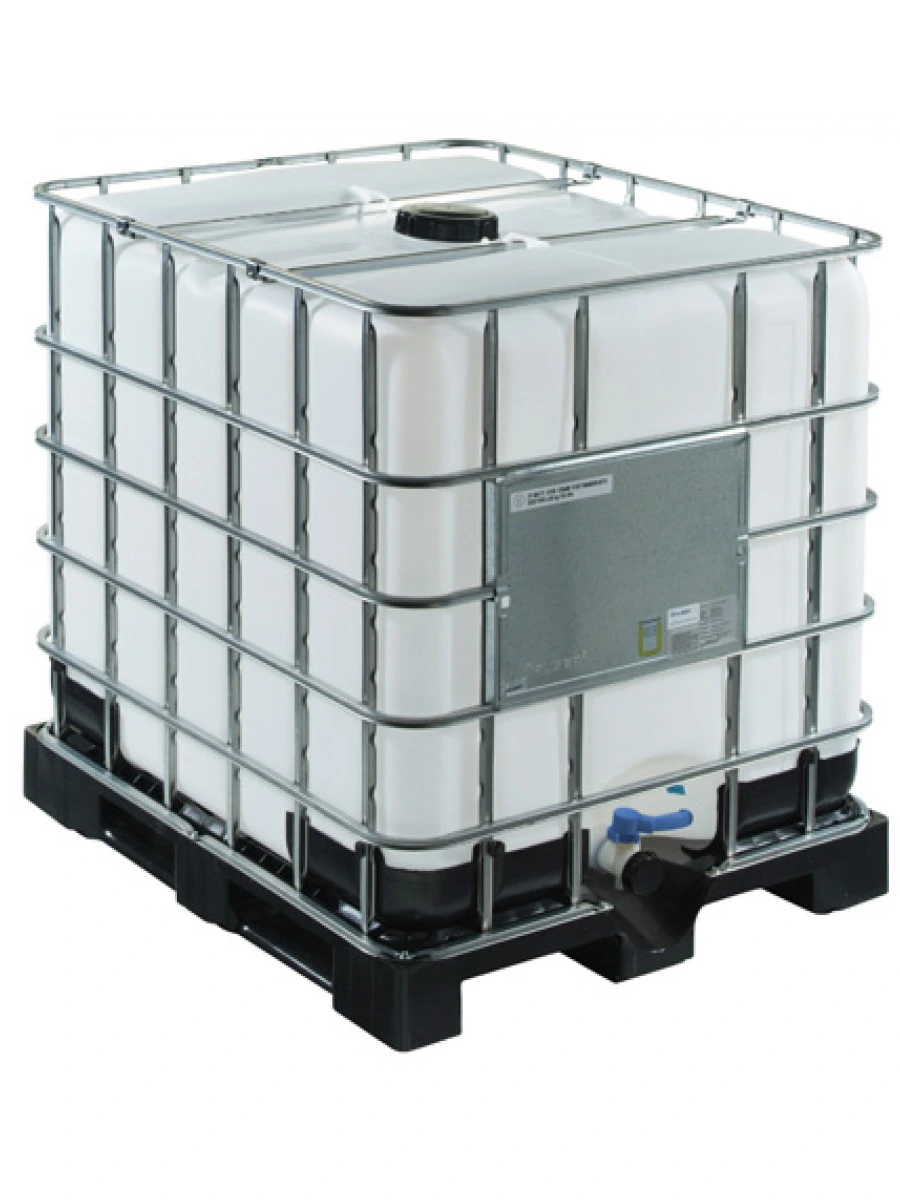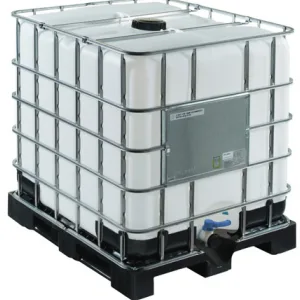Description
Product Introduction
| Thermal Properties: | ZFD210A can be used continuously at temperatures of up to 260˚C and can be used for short periods at even higher temperatures. The ZFD210A possesses excellent low-temperature strength, as well. Due to these superior thermal properties, ZFD210A dispersions are widely used as an impregnant applied to high-quality insulation material, etc. |
| Chemical properties: | ZFD210A is completely inert to attack all chemicals except high- temperature, high-pressure elemental fluorine gas, molten alkali metals and chlorine trifluoride. |
| Electrical properties: | The film made from ZFD210A dispersions displays an extremely low constant dielectric loss over a wide range of frequency and temperature. Glass cloth laminate used as insulation material, takes advantage of this feature. |
| Low friction, Non-Sticking Properties: | Under ordinary conditions of use, ZFD210A possesses a low coefficient of friction, and will therefore not cause stick slip. It also possesses an excellent non-sticking quality which prevents most adhesives from adhering to it. Consequently, materials such as laminated films and coatings made of ZFD210A dispersions are used in parts for low- load/ low-speed precision instruments, spinning/dyeing belts, etc. |
| Appearance: | ZFD210A aqueous dispersions contain a new environmentally-friendly surfactant which provides for a clearer finish to the end product while leaving less residue than older surfactants |
| Typical applications: | Manufacture of cast films, glass fabric laminates, battery binders and impregnating porous materials, ZFD210A dispersions can also be formulated into release coatings, added to fillers, adhesion agents, pigments and other additives. |
Typical Properties
| Characteristic | Units | Typical value | Test method |
| Solids content | Mass% | 58-62 | Internal Method |
| Surfactant content | Mass% on solids | 3-7 | Internal Method |
| Specific gravity | - | 1.51-154 | Internal Method |
| Viscosity | cP | 35 max. | Internal Method |
| pH | - | 9-10 | Internal Method |
Note: The data listed above within the normal range of product, but they should not be used to establish specification limits nor be used as the sole basis of design.
Operation Method
| Handling with Care |
ZFD210A Dispersions can be safely processed provided the following points of caution are heeded. 1. Routine Operation:Wear protective glasses and gloves, etc., when handling the substance. Wash your hands and face well after handling the substance. 2. Storage:Sealed containers. The storage temperature range: 5~40°C. The dispersion should be gently agitated on a periodic basis to prevent precipitation. 3. Treatment under abnormal conditions:Rinse with large quantities of water if the substance leaks or is dropped. If in eyes, immediately flush with water for 15 minutes or more. See a doctor for further treatment. If the substance adheres to your skin, rinse well with soap and water. If there is any persistent irritation, receive treatment from a doctor. |
| Safety | When PTFE is heated to temperatures above 260˚C, minor amounts of decomposition products may be given off. These decomposition products may be harmful, and inhalation of these fumes must be avoided. Ovens, process equipment and the working area must be adequately ventilated. For further information, please refer to the Material Safety Data Sheet. |



Reviews
There are no reviews yet.